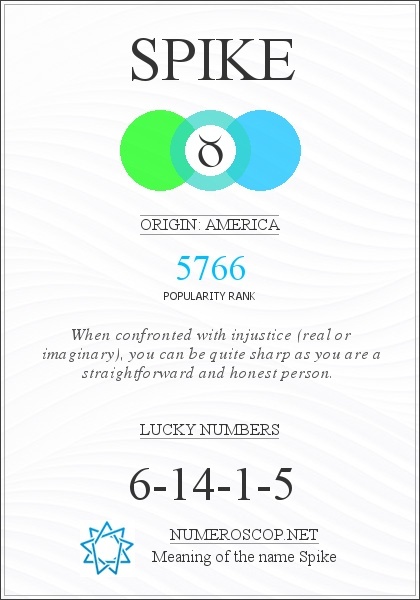


One of the more common arguments was, “My child has been hunting with me for 3-4 years and he’s never even seen a buck. But before we had a chance to respond, many other attendees (attendance from all 31 meetings exceeded 1,100) jumped in with their dissenting opinions – with their children at their sides. There were usually 1-2 attendees who would ask if we could exempt youth from the antler-restriction regulation. Attendees (hunters and landowners) were passionate in their opinions on this subject, but I was surprised to see which side most leaned towards. In almost every public meeting there was quite a bit of discussion on exempting youth hunters. I remember quite well the public scoping meetings we had in 31 counties when we were considering expansion to the antler-restriction regulation. I put together a webpage that covers this in more detail, although I admit it needs to be updated: So it would behoove hunters to take advantage of that second buck tag (for spikes and 3-pointers). And long-term research has shown us that the bucks with at least one unbranched antler are more likely to be those narrow-racked bucks at maturity. But the good news is that only 4% of all mature bucks in these Resource Management Units (RMUs) have an inside spread less than 13" wide (based on data from thousands of harvested bucks). Nonetheless, this regulation does indeed protect some mature bucks with narrow spreads, which is an unintended consequence. Another unique aspect of the Texas model is the “slot limit” (i.e., it allows for the harvest of deer with at least one unbranched antler) - further reducing the risk of high grading. That's one reason why we went with the spread restriction. However, there is a very strong correlation between age and inside spread. The reason for this is that there is no correlation between age and number of points. For example, a rule allowing only bucks with 4 points on a side to be killed is allowing for the harvest of the best yearlings and protection of the poorest-quality yearlings. Point restrictions certainly could result in high grading. One thing this is unique about the Texas antler-restriction regulation is that it is designed to eliminate the risk of high-grading. I just commented that I would like to know some study data on AR and also why they implemented the 13" rule instead of the 4 point one side rule etc.I wasn't bashing at all, I just said that I feel maybe the AR should be revised somewhat.Here is TPWDs' response:


 0 kommentar(er)
0 kommentar(er)
